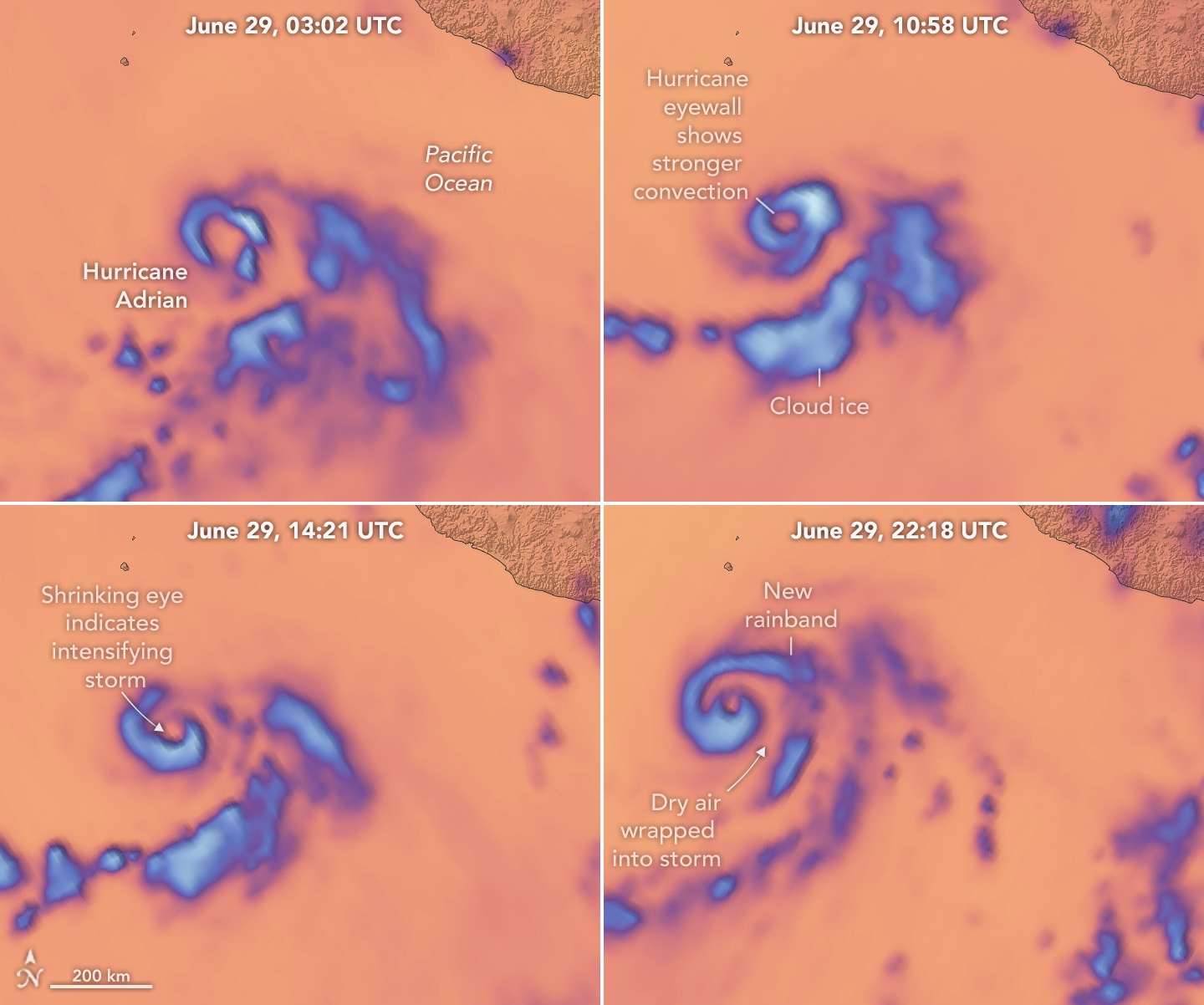WASHINGTON — In a summer of extreme weather events, NASA is emphasizing its role in studying the climate, efforts that face both fiscal headwinds and partisan divides.
In a July 20 media briefing, NASA leadership highlighted the agency’s work in studying the climate and addressing climate change, efforts that range from Earth science missions to aeronautics research into sustainable aviation.
“You think of NASA as a space agency. You think of NASA as an aeronautical research agency. NASA is also a climate agency,” NASA Administrator Bill Nelson said at the briefing.
Officials discussed the various activities at the agency related to studying climate change and providing resources for other agencies and the general public. “At NASA, we provide end-to-end research about climate, from observations to models and applications to technology,” said Kate Calvin, NASA chief scientist and senior climate adviser.
While NASA has long been involved in climate science and related activities, it has gained new prominence in the Biden administration, which has made climate change an administration-wide priority. Among other efforts, NASA opened last month an Earth Information Center at its headquarters building, a facility open to the public that shows real-time Earth science data from NASA and other satellites. Nelson said on the call that those data displays in the center will soon be available on the NASA website.
The attention to climate science comes during a series of recent extreme events linked to climate change, such as heat waves in the United States and Europe, flooding in the northeastern U.S. and Canadian wildfires that filled skies thousands of kilometers away with smoke.
Last month was the hottest June on record globally, noted Gavin Schmidt, director of NASA’s Goddard Institute for Space Studies and a leading climate scientist. “We anticipate, with the understanding of what’s going on on a day-by-day basis, that July is likely to be the warmest absolute month on record,” he said.
That warmth is increasing the chances that 2023 will be the warmest year on record, odds he set at 50/50 but others have estimated to be as high as 80%. “We anticipate that 2024 will be an even warmer year,” he added, because of a warm climate pattern known as El Niño that is just getting underway.
That urgency to study the climate, though, risks colliding with new fiscal realities. Most of NASA’s climate-related work is funded through its Earth science division, which requested $2.47 billion in fiscal year 2024, a 12% increase from 2023. However, a bill approved by the Senate Appropriations Committee July 13 would provide NASA with $2.22 billion for Earth science, effectively flat funding from 2023.
House appropriators have yet to disclose details about Earth science spending in its bill, but the overall amount allocated to science, $7.38 billion, is only $40 million more than the Senate bill. Some in the science community fear sharper cuts in Earth science in the House bill, particularly if it does not follow the Senate bill’s plan to cut spending on Mars Sample Return.
That austerity is linked to budget caps enacted for the next two fiscal years as part of an agreement to raise the debt ceiling. “There is going to be less money,” Nelson acknowledged. He predicted that NASA’s overall budget for 2024 will fall somewhere between the Senate’s $25 billion and the House’s $25.4 billion. “There are many twists and turns before this final agreement,” he cautioned.
He vowed to protect NASA’s climate activities from the brunt of any cuts. “We’re going to have the least possible effect on any climate science,” he said. “This is a huge priority for us. It’s a huge priority for me personally, having lived through this as the senator from Florida.”
Nelson said the agreement to raise the debt ceiling and enact budget caps was a bipartisan one, and he has previously noted that support for the agency in Congress transcends traditional partisan divides. Climate science, though, may be an exception.
A poll released July 20 by the Pew Research Center found that the overall public continues to consider climate science as a top priority of NASA. In that poll, 50% of respondents said that monitoring key parts of the Earth’s climate system should be a top priority, second only to planetary defense at 60% (respondents could select multiple top priorities.)
That is similar to a 2018 poll by Pew where 63% of people thought climate science should be a top priority and 62% selected planetary defense. By contrast, in the new poll only 12% considered sending astronauts to the moon a top priority.
However, that poll also revealed sharp partisan differences on the importance of climate science. While 50% of all respondents identified climate science as a top priority, 69% of Democrats thought it should be, versus only 30% of Republicans. That difference is far greater than for any of the other eight priorities included in the poll, most of which had partisan differences within the poll’s margin of error.
That partisan gap also appears to be to be growing. The 2018 Pew survey found a 34-point gap between Republican and Democratic views on the importance of climate science at NASA, while the new poll has a 39-point gap.
